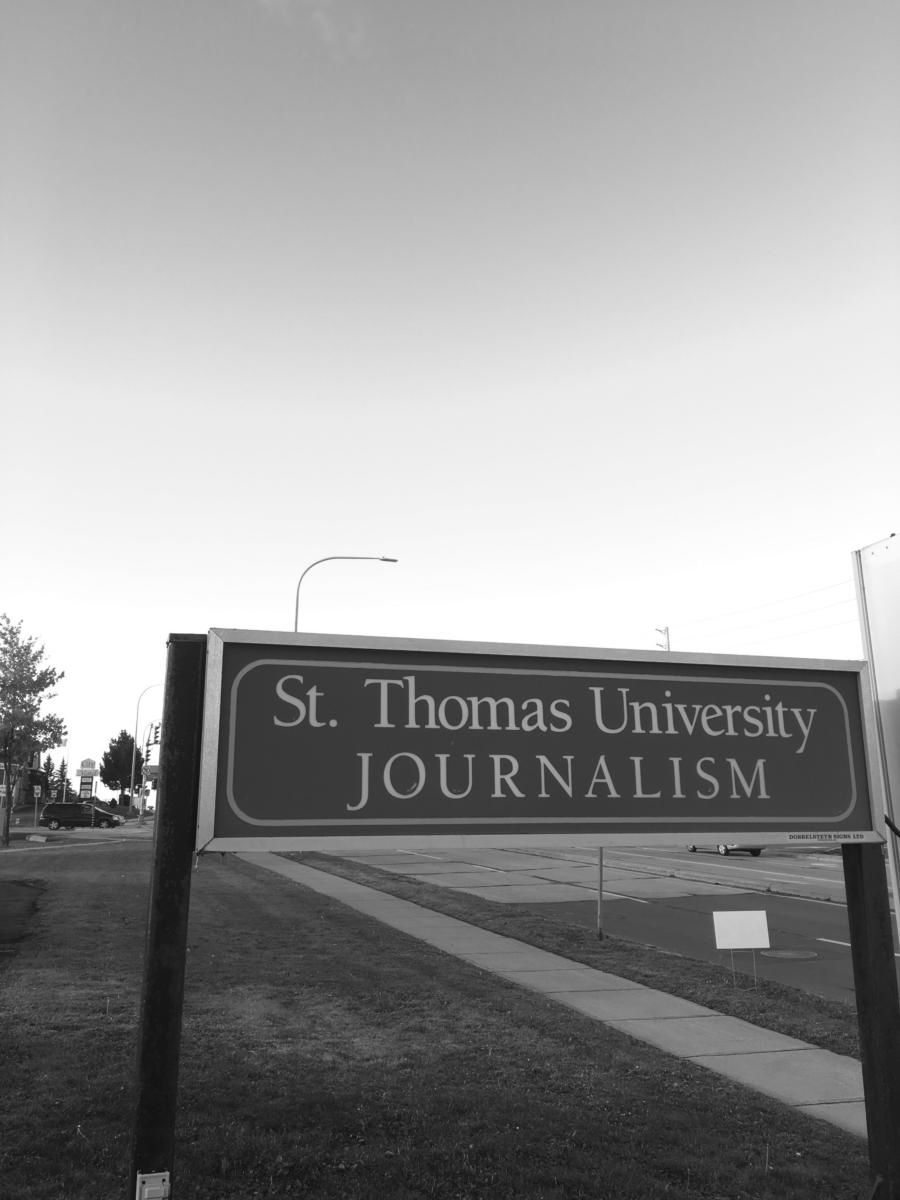The Journalism Department at St. Thomas University is getting an overhaul.
Changes to the program include moving a fundamentals writing course to first year, introducing a new “toolbox” course in the second year and changing the fourth-year courses to allow for students to seek opportunities outside the program.
The most obvious change is the name. Starting next year the major will now be called Digital Journalism and New Media.
Philip Lee, chair of the journalism program, said the name change better reflects the face of media today.
“The term digital media I think is taking hold. So people are really talking about journalism now as digital journalism,” said Lee. “We are also recognizing that some of the students that come to us to study will end up in jobs that are not traditional newsroom jobs in journalism, but will be more in the area of content production for various types of organizations.”
[aesop_document type=”pdf” src=”http://theaquinian.net/wp-content/uploads/2016/03/Senate-Document.pdf” caption=”Click here to read the full senate report of finalized changes”]
So far the name change has received mixed reviews.
Sarah Morin, a first-year journalism student at STU, said she likes the name.
“I think that, although the new name for the program is a little long winded, it will be appealing for future employers to see that the degree we obtained is relevant to the new era of journalism,” said Morin.
Sam Laidman, a recent graduate of the program and former news editor at The Aquinian, likes the new media addition, but questions the need to explicitly name digital journalism.
“Digital journalism is journalism. In most cases if you land a true journalism job, you’re in a place that does both digital and print,” said Laidman. “Maybe the physical paper will fall by the wayside but at that point wouldn’t digital journalism just be called journalism?”
New courses added to the curriculum include one on interviewing techniques and another on documentary production. The number of courses needed for a major has changed as well.
Instead of 48 credit hours, students will only have to complete 36. Prior to this students were expected to take every journalism course, although occasional exceptions were made.
The program is also hoping to add an Honours level, although this hasn’t been approved and will take some time.
Morin said she is excited for this change.
“I’m also extremely pleased that I may be able to pursue an honours in journalism, as many graduate schools require you to have taken an Honours program,” said Morin.
The document passed by senate notes that not all of the changes to the program were met with complete approval by faculty members, but that a majority supported every change.
Lee would not comment on what aspects were not agreed to by consensus.
One point of concern is how one new course may affect the independence of The Aquinian. Journalism 4116 allows students to work for a news organization, or start one themselves. They would then be marked on reflective assignments based on what they learned. Lee said that while students can use their time at The Aquinian for this course, the program will respect the independence of the paper.
“We completely respect the independence of the student press,” said Lee. “We would not have any influence on what actually happens in the student press, any more than we would have influence on if someone was doing [an internship] at the CBC.”
For students graduating this year, nothing will change and your major will still be journalism. However, there is no grandfathering of students in lower years of the program, and they will have to fulfill the new requirements of the program. Nevertheless, Lee said that he expects a smooth transition, and students will get help if needed.
“We’ll be available for faculty advising, and also visiting classes before registration this year to make sure everybody is clear on how this affects their time at STU,” said Lee.

